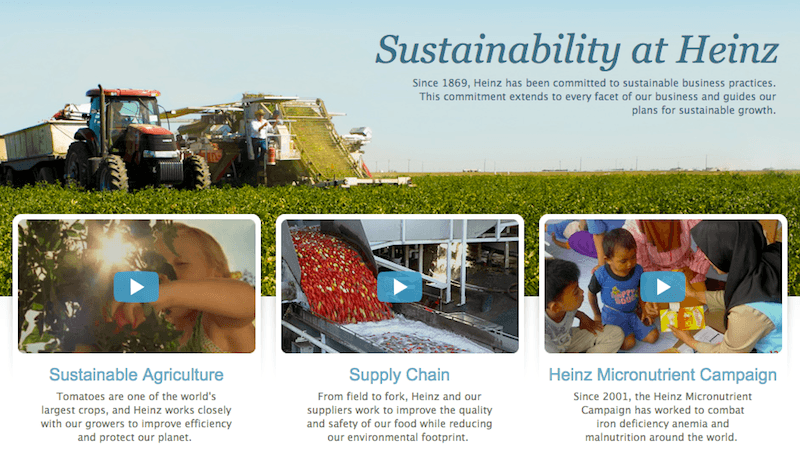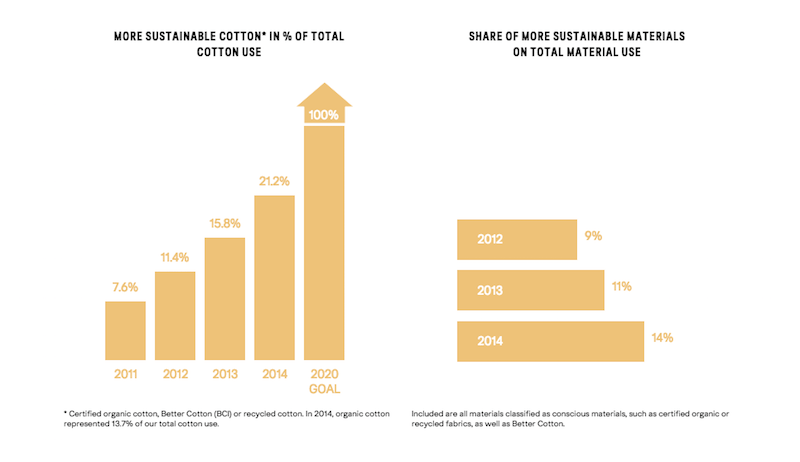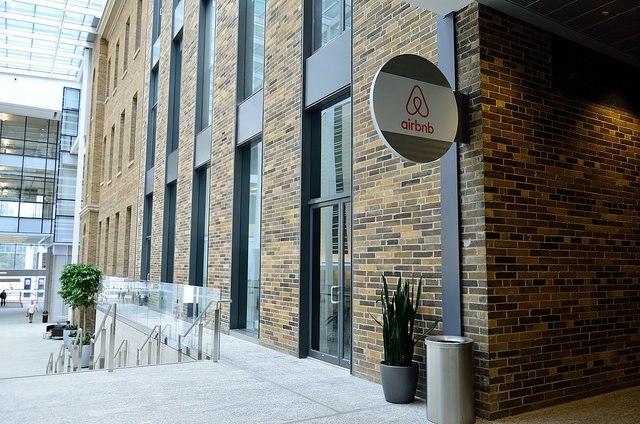By Joe Verrengia
RAU, Tanzania -- I was keeping my distance.
And so were they.
Eighty orphans watched as I sloshed back and forth across the quagmire of what was becoming their new schoolyard. There weren’t many tools lying around the remote site, and I was trying to make a ladder by stacking rocks, one by one, in the sticky red mud.
This was the big day when Arrow Electronics and its nonprofit partner Close the Gap were deploying the DigiTruck. It’s a sustainable, mobile classroom made from a used cargo container and outfitted with solar panels, LED lighting and refurbished computers.
Months in the making, the DigiTruck was delivered to this hamlet on the south slope of Mount Kilimanjaro to benefit the Tuleeni Orphanage, whose residents were eagerly waiting to use a computer for the first time. Just getting it there was a triumph.
By August, the seasonal rains that lash Tanzania’s landscape were supposed to be long gone. Yet deluges kept washing out the narrow road to the orphanage, which everybody was trying to keep open with shovels and sandbags.
A drive uphill from the city of Moshi that should’ve taken 20 minutes was taking a couple of hours, often sideways.
Kilimanjaro, Africa’s tallest mountain, was flowing. The DigiTruck’s solar panels trickled their green power under plaster-gray skies. The computers needed to be connected. The container’s rough, ribbed walls were streaming water, and the project’s logos were not applied.
A network TV crew from the United States had arrived.
And the kids were still waiting, watching.
Anybody in corporate social responsibility (CSR) wants the chance to leverage their company’s might and make that pivotal, positive difference on the ground. But you may find yourself someplace far away, doing something way beyond what you predicted.
Arrow is the world’s largest refurbisher of electronics. Last year alone, our value recovery business kept 54 million metric tons of e-waste out of landfills and villages not unlike this one.
For a decade, Arrow has worked with Brussels-based Close the Gap to facilitate the donation of about 500,000 refurbished computers to schools and clinics in Africa where they’re used by 1.5 million people.
That’s a big number, but it turns out we’ve only been addressing part of the issue. That’s because more than 600 million people in Africa live off the grid.
Even in cities, electricity is spotty. In Moshi’s best restaurant, I watched the chef prepare our dinner in the glow of a single candle — and it wasn’t because he was setting the mood.
Last year, Close the Gap came to Arrow with an innovation. If we want to bridge the digital divide in emerging economies, we must not only bring the refurbished computers, but we must also bring the electricity.
That’s DigiTruck.
Why Tanzania? In our first deployment, we needed a seaport with a source of cargo containers (Dar es Salaam), a jetport for rapid deliveries (Kilimanjaro) and skilled labor (Arusha).
And we needed a local nonprofit to teach students how to use the computers.
Operated by Neema International, the Tuleeni orphanage is home to children who lost their parents, mostly to AIDS. It’s run by Mandy Stein, a 24-year-old dynamo who has devoted herself here since 2011. This summer, she was joined by Austin Gutwein, 20, who runs Hoops of Hope, a charity that supports African communities with basketball shoot-a-thons. (Austin started his work when he was — get this! — age 9. How did you spend fourth grade?)
Like their neighbors, Tuleeni kids live according to a jumble of 19th- and 21st-century ways. They raise vegetables in a plot next to their dormitory. Pigs crowd a little corral. Meals bubble over an open fire.
Few Tanzanians have Internet access. But the fact that half of all Africans use a mobile phone offers huge openings for technological advancement and social enterprise.
Which way will it go? Two-thirds of Tanzania’s population is younger than 25. Education is compulsory and free. It’s surreal to watch swarms of children emerge at dawn from simple homes wearing a kaleidoscope of school uniforms and tribal dress — all crisp and spotless.
But actual school attendance is less than 60 percent.
By age 14, nearly a quarter of kids go to work — in the fields and on the streets. One-quarter of the girls are having babies.
The Tuleeni kids know how to take a selfie with a phone camera, and they talk with shy pride of the day when they will work as pilots, engineers and doctors.
Yes, they need the basics -- shelter, food, clothing and clean water. But they also need to become the innovators of their own future if they are going to live longer, better lives. The only way they will get there is by using computers — to learn, to connect, to collaborate with people who live beyond walking distance.
That’s why we decided to help bring the computers here. And the electrons.
The execution is not easy, and the outcome is not assured. The rain is washing away my illusions, and the mud threatens to bury our best intentions. I am acutely aware that DigiTruck is just one mobile classroom. One thousand villages and 1 million AIDS orphans in Tanzania need DigiTrucks.
I kept my back turned as I struggled with both my little rock ladder and my emotions. Then a strong voice pierced my personal storm cloud. I looked down to find a little boy with no front teeth at my side.
“What is this DigiTruck?” he demanded.
“It’s a classroom with computers,” I said.
“And who is this Arrow? It is you?”
I looked around, then nodded.
He handed me a rock.
Image courtesy of the author.
Joe Verrengia is the architect of Arrow’s corporate social responsibility program (CSR), combining targeted charitable investing, sustainability and government relations into a strategic initiative that uniquely establishes Arrow as an innovation catalyst and brings technology concepts to demonstration for humanitarian purposes. Arrow is the 2015 Fortune Most Admired Company in its category, including #1 in CSR. Previously, Joe held senior positions at the National Renewable Energy Laboratory and the Denver Museum of Nature & Science. For two decades he was an international science journalist. He graduated from Columbia University and has held fellowships at MIT, the National Science Foundation and the National Institutes of Health.
To sponsor a DigiTruck, contact Close the Gap
To help the Tuleeni Orphans, contact Neema International
To help Africa projects with a hoop-a-thon, contact Hoops of Hope
Learn more about Arrow’s CSR program




















